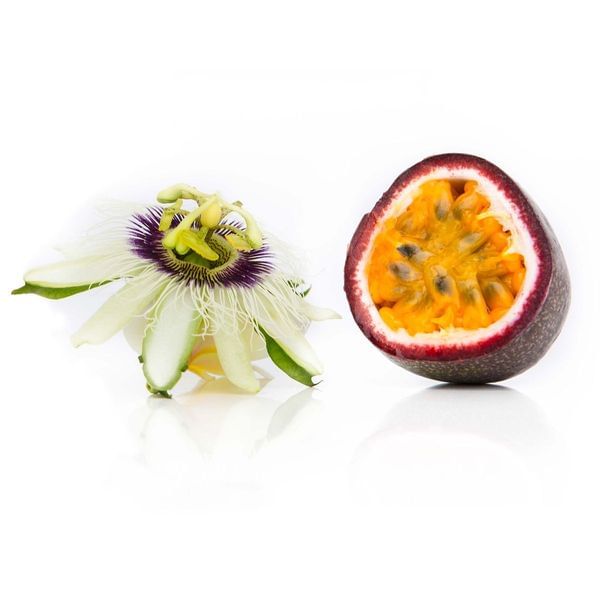SAVE ON SHIPPING: We can now ship potted fruit trees in MULTIPACK BOXES. Order as a 3-pack or 6-pack to save on the cost of shipping! This includes ALL PRIMO and ENTRY sized citrus, olive, fig, avocado trees and passion vines.
- 'Nancy Garrison' Passion fruit/ Passion Vine grows fragrant fruit has small seeds, juicy, sweet, and a mouthwatering flavor medley that is reminiscent of passion fruit, strawberry, and pear.
- The salmon pink fruit can be eaten fresh or used to flavor your favorite drinks and desserts.
- The beautiful evergreen tree makes for a great live wall that will provide lots of privacy with its dense foliage.
- The summertime bloom presents a spectacular display of fragrant white flowers which will develop into greenish-yellow fruits once ripe in the winter.
- Passion vines are fast growers and will need about 200 square feet of trellis, arbor, or fence to climb on.
- 'Nancy Garrison' Passion fruit/ Passion Vine is self-fruitful
- Can be kept as a small bush with pruning or a 15'-20' tree.
- Prefers a warmer climate but is adaptable to temperatures as low as 22°F.
- USDA Zones 9-11
- By law, we can not ship Passion vines to Hawaii.






